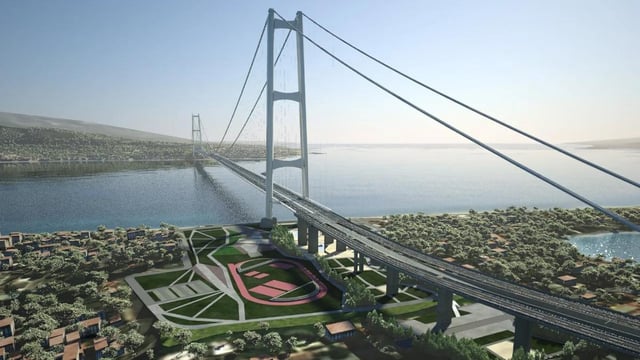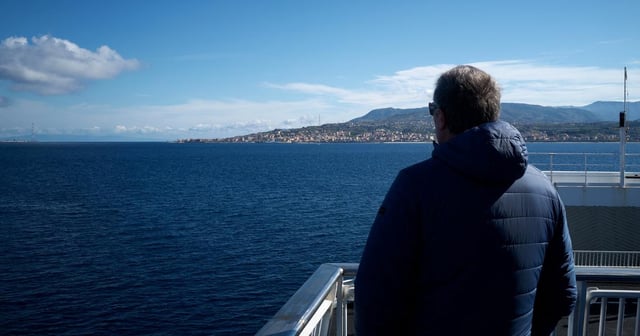Overview
- A ministerial committee on August 6 granted final approval to the €13.5 billion project, reviving plans stalled for over 50 years.
- The design features twin 400 m towers, a 3 300 m suspended span with two rail tracks and three road lanes, and is engineered to withstand high winds and earthquakes.
- Rome aims to classify the crossing as a strategic NATO defense infrastructure to bypass normal environmental, anti-mafia and legality reviews.
- WWF, Greenpeace and Italy’s national anti-corruption authority ANAC have filed lawsuits challenging the government’s decision to waive oversight requirements.
- Officials project the state-funded bridge will generate tens of thousands of jobs in Sicily and Calabria and reach completion by 2032.

